Savory herb is one of the oldest spices in the world and in our country it has been widely popular for centuries. The huge application of savory herb in the culinary world is indisputable - it is an integral part of the preparation of many popular dishes, such as lentil stew, green beans, pea stew, bean soup, cabbage, baked potatoes and more.
The taste of the popular spice of mixed herbs and salt would not be the same without savory herb. The widespread use of savory herb is widespread in many European countries. Europeans like to add the spice to various fillings, egg dishes, minced meat dishes, vegetable dishes. Especially popular is the use of savory herb in many sauces, which are common in the Mediterranean cuisine.
The Latin name of the savory herb is Satureja and means "grass of satyrs". Satyrs were mythical creatures, half-humans, half-goats, known for their unbridled temper and hedonistic life. Savory herb is an annual plant of the Lamiaceae family, a shrub that reaches a height of 30 centimeters. Savory herb originates from the lands around the Mediterranean Sea and the Middle East.
Today, the main producers of savory herb are France and the Balkan countries and the Balkan savory herb is especially popular. Balkan savory herb (Satureja montana) is a species of angiosperm of the family Lamiaceae. It grows best on dry rocky slopes, mainly eastern and mountainous. It likes to be in the sun and in the presence of limestone in the area. Balkan savory herb blooms from mid-July and mainly in August.
The stem of the savory herb is strongly branched from the base itself. It is covered with hairs and reaches a height of 20-30, sometimes up to 60 cm. The leaves of the savory herb are linear or linear-lanceolate. Its colors are small, light purple, pink or white. The flowers are 3-5 in number on the upper branches, in the axils of the leaves. The seeds of the savory herb are small, light and dark brown in color, are rounded and retain their germination for only 2 years.
The leaves of the plant, mainly the dried ones, are used as a spice. They have a very strong aroma that resembles the aroma of thyme. Well-dried savory herb has a green color, a characteristic strong odor and a slightly pungent taste. Savory herb also has a slightly burning taste and when dried the aroma becomes more intense.
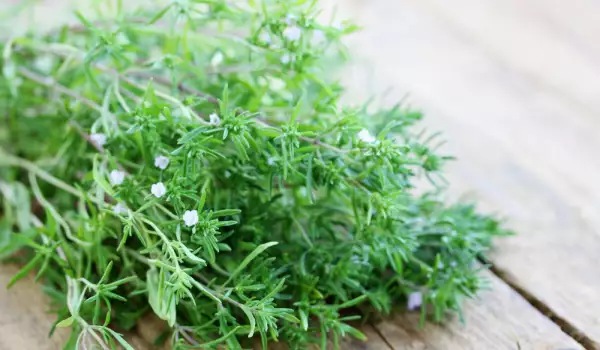
History of savory herb
The burning taste of savory herb was a favorite of the ancient Romans. This is the period long before the pepper was brought from India. In the 1st century BC, Virgil grew savory herb because it made the honey of his bees more fragrant and tasty. In addition, in the ancient times it was believed that savory herb was a powerful aphrodisiac, which had the power of today's Viagra. In the Middle Ages, savory herb was often used to season sponge cakes and other pastries.
The composition of savory herb
Along with the excellent culinary qualities of savory herb as a spice, it also has proven healing properties. Savory herb stimulates the activity of the stomach and intestines, so it is an extremely suitable spice for difficult to digest foods, such as legumes - beans, lentils, peas, etc. Savory herb contains up to 0.5-2% essential oil with the main ingredients carvacrol (up to 40%) and p-cymol (up to 30%) or thymol. Savory herb also contains dipentene and other terpenes. The main beneficial effects that savory herb has on the human body are due to its antispasmodic, hypotensive, antiseptic, diaphoretic and mild diuretic effects.
Storage of savory herb
Both fresh and dried forms of savory herb are available on the market. Fresh leaves and stems are used for cooking during the season. However, to prepare dry savory herb, the upper parts of the stalks must be collected just before or during its blooming. Usually the cut stalks and leaves are placed on boards or a sheet of paper and are left to dry at room temperature.
The dried leaves should then be removed from the stems, placed in a tightly closed glass container and stored in a cool, dark and dry place where they will be stored well for many months.
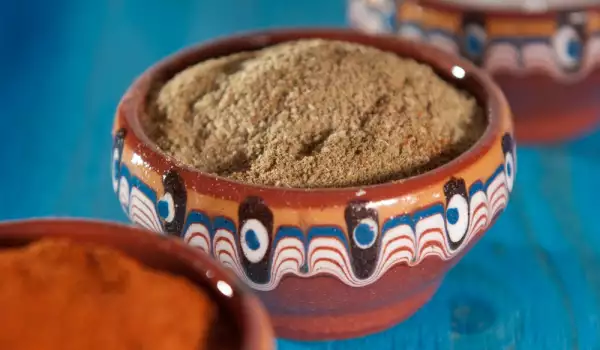
Culinary use of savory herb
Both fresh and dried savory herb can be used for culinary purposes. If you have fresh spice, use it boldly, because its aroma is unsurpassed.
Savory herb perfectly stimulates the activity of the stomach, which is why it is very suitable for indigestible foods such as heavy meats, legumes (beans, lentils, peas). It is used to flavor soups, fillings, minced meat dishes and lean dishes.
It is a tasty addition to pates and is also used to flavor some cheeses. We can not skip the fact that it is an important part of the traditional mixed herbs and salt.
It combines very well with other aromatic spices - garlic, bay leaf, parsley, rosemary, fenugreek and celery. It is important to boil the savory herb along with the dish so that it can release its aroma.
The benefits of savory herb
Savory herb can be used as a remedy for high blood pressure, palpitations, headaches, dizziness, as a diaphoretic and diuretic. Savory herb is also very beneficial if you have a runny nose and cough. In folk medicine, savory herb is used for vomiting, catarrh of the lining of the stomach and intestines, summer time diarrhea. Savory herb is also a remedy against worms.
An easy recipe you can make from savory herb: finely chop two tablespoons of the spice. Then they should be covered with 500 milliliters of boiling water. The decoction prepared this way is left to soak for 1 hour, after which 1 wine glass is drunk before meals 3 times a day.
Homemade mixed herbs and salt
Savory herb is the main spice of our favorite mixed herbs and salt. So in conclusion, here is the recipe:
Necessary products: savory herb - 2 tbsp. (ground/dry), ground dried fenugreek - 1 tbsp., sweet and a little hot paprika - 1 tbsp., ground pumpkin seeds - 2 tbsp., fine corn flour, dried oregano - 1 tbsp., dried thyme - 1 tsp. and salt.
Preparation: All of the spices along with the salt and corn flour are finely ground with a grinder. Mixed herbs and salt can be prepared without the ingredient - salt, if it will be used on cheeses and other saltier dishes.
Benefits of savory herb tea
Savory herb tea is among the most beneficial teas. Savory herb leaves are a source of chemical compounds that are known to have antioxidant, disease-preventing and health-promoting properties. In addition, the dietary fiber in this herb helps reduce LDL or bad cholesterol while increasing HDL or good cholesterol levels.
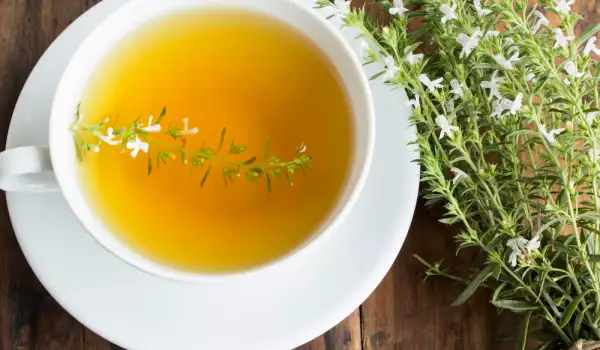
Savory herb contains many essential volatile oily phenols such as thymol and carvacrol, as well as compounds such as linalool, camphene, caryophyllene, terpineol, myrcene and other terpenoids.
It has been scientifically established that thymol, one of the important essential oils, has antiseptic, antifungal properties.
Also, another phenolic compound, carvacrol in the herb inhibits the growth of many strains of bacteria, including E. coli and Bacillus cereus. Therefore, carvacrol is used as a healthy food supplement and preservative because of its antibacterial properties. It also gives a pleasant sharp taste and taste of marjoram as food.
Savory herb tea is an excellent source of minerals and vitamins that are essential for optimal health. The leaves and tender stems are one of the richest sources of potassium, iron, calcium, magnesium, manganese, zinc and selenium. Potassium is an important component of cellular and body fluids that helps control heart rate and blood pressure. Iron is needed for the formation of red blood cells.
Savory herb tea is also a rich source of very important vitamins such as B-complex vitamins, vitamin A, vitamin C, niacin, thiamine and pyridoxine.
Dry savory herb provides 1, 810 mg of vitamin B-6 or pyridoxine. Pyridoxine maintains levels of GABA (a calming neurotransmitter) in the brain, which has a stress-relieving function.
Vitamin-C helps the body develop resistance to infectious agents and removes harmful, pro-inflammatory free radicals.
Vitamin-A is a fat-soluble vitamin and antioxidant that are needed to maintain healthy mucous membranes and skin and is also essential for good vision. Consumption of natural fruit rich in flavonoids such as vitamin A, carotene helps prevent cancer of the lungs and oral cavity.
Savory herb tea has been shown to boost the immune system. Savory herb is rich in essential vitamins and minerals that are important for ensuring good health in the body, as well as for improving the immune system. This is crucial in helping to protect your body against many common diseases and infections. In addition, the antiseptic properties of this tea offer protection against intestinal infections and parasites.
The pleasant savory herb tea can also be used during the cold and flu season. In addition to being able to warm you up during the cold season, this tea has many benefits that can help reduce the chance of colds or flu. For those looking for relief from colds or flu, this tea can help. The soothing oils found in this herb are excellent for soothing sore throats and are also a good choice for reducing a cough.
Another practical use of savory herb tea is to drink it to relieve indigestion such as mild pain, flatulence, diarrhea and other common digestive problems.
If you are looking for a small boost of certain vitamins and minerals in your diet, drinking savory herb tea regularly can help. A cup of tea contains several very good nutrients and all this can be beneficial for your health and well-being. Some of the vitamins contained in savory herb are vitamin A, C and B-complex. This herbal tea is also considered a good source of iron, potassium, manganese, magnesium, zinc and selenium.
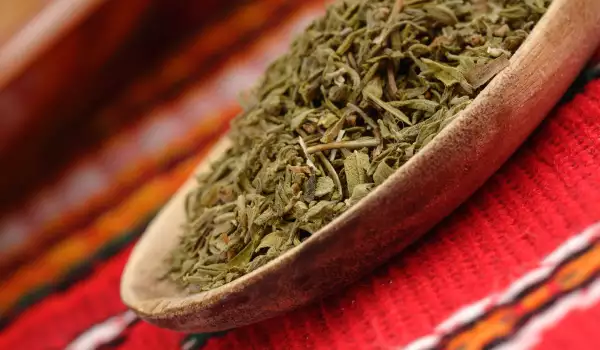
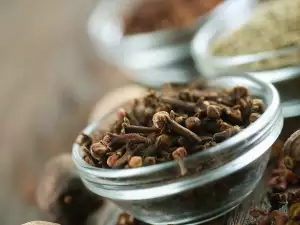
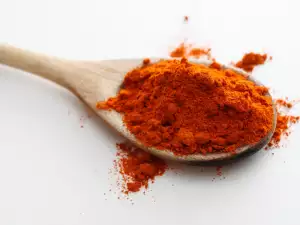
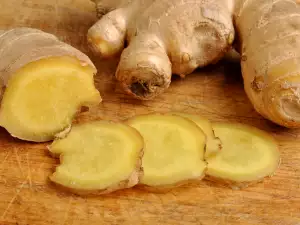
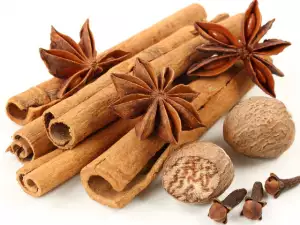
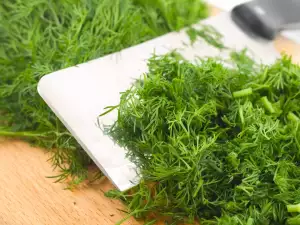
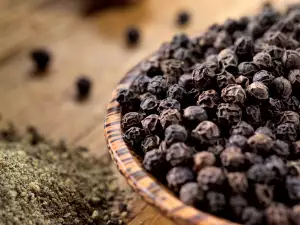
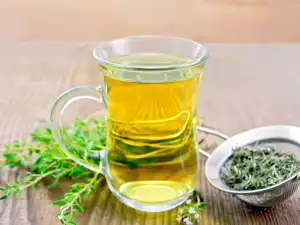

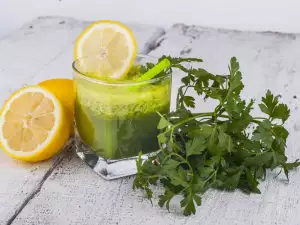

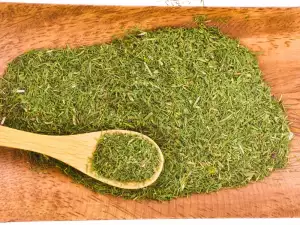
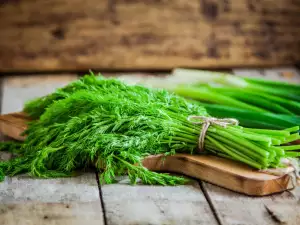

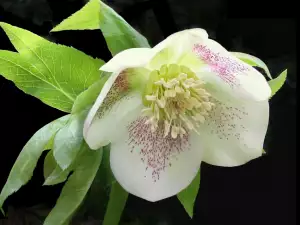
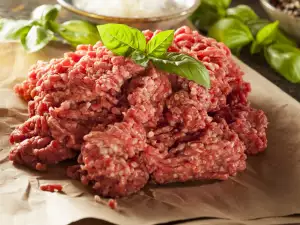




Comments